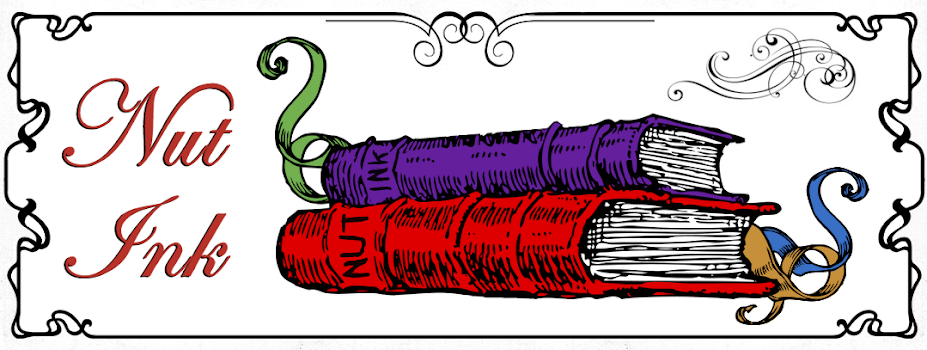Author: Jonathan Hickman | Artists: Nick Pitarra / Ryan Browne
Page Count: 152
'All men are pawns to a master with vision.'
Volume 2 of TMP is just as insane as Volume 1 (2012) but it's more explosive, which is another way of saying it’s less focused. I had to take some time prior to reading to reacquaint myself with the characters because there are a lot of them. It didn't help that even more new ones were introduced.
The superpowers are done playing it safe, so the Cold War heats up. The alternate history shit hits the chaos fan and sprays all over the place.
The dramatic change of pace was unexpected and I wasn't completely enamoured with it, but part of me knows it had to happen and I suspect it'll happen again on a larger scale sometime in the future. That particular storyline takes up the bulk of the book but it feels rushed. I heard that it was falling behind schedule, so maybe the hurry was to compensate for that? Let's hope the pacing is better next time.
The second part of the book is much more satisfying despite being shorter. It's a continuation of J. Robert Oppenheimer's story that paradoxically feels like a new beginning, and as such would've been better suited as an opening to Volume 3. If you remember the mess Oppenheimer was in at the end of Volume 1, then you'll know that his fractured state of mind would demand consequences for one or other of his personalities. Hickman doesn't disappoint. His intricate plotting and attention to detail shine through. I can't wait to see where he takes it.
Nick Pitarra is still on art duties, except on episode 10 where Ryan Browne fills in; the wonderfully stylised colouring scheme is the same regardless. Rarely do art and text gel so beautifully.
The book collects together The Manhattan Projects issues 6–10.
3 familiar landscapes out of 5


.jpg)







